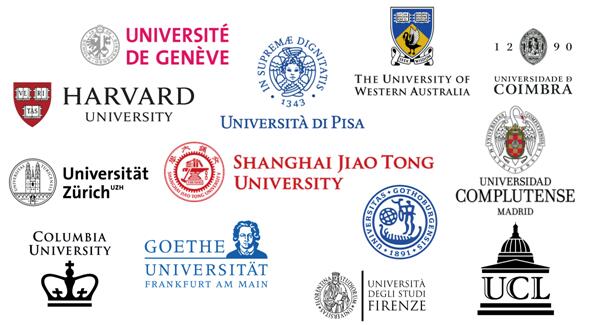Experts explained in detail the trend of virus wave peak and countermeasures, and the number of fever outpatients in several hospitals in Shanghai dropped by nearly half | COVID-19 | virus
China's disease control statistics showed on the 12th that, based on the national monitoring data, the national COVID-19 infection epidemic was sporadic from February to early April this year. It began to rise gradually in late April, and slowed down in late May. At present, it is a downward trend.
Recently, reporters learned from fever clinics and sentinel clinics in multiple medical institutions in Shanghai that the second wave of infection in the city has gradually declined since two weeks ago, with a current decrease of about 50%. What are the characteristics of the second wave of infection? What are the trends of the virus peak next? What should citizens do? Jiefang Daily's Shangguan News reporter interviewed Professor Hu Bijie, Director of the Department of Infectious Diseases at Zhongshan Hospital affiliated with Fudan University.
The "base" of peak decline is still there, there is no need to be nervous
Since April, there has been an increase in positive infections in Shanghai, and it gradually declined two weeks ago. Hu Bijie stated that this has been confirmed through discussions among experts from multiple hospitals, including fever clinic management. The reporter learned that at present, fever cases in many medical institutions in Shanghai have decreased by 40% -50% compared with the peak. Taking Zhongshan Hospital as an example, about 400 people were diagnosed and treated in fever clinics two weeks ago on a daily basis. At present, there are less than 200 people, of whom COVID-19 positive infection accounts for the majority.
"The peak has fallen, but this wave cannot be said to be completely over." Experts explain that at the beginning of April, the proportion of first positive patients was higher, and currently, the proportion of second positive patients is higher than that of first positive patients. Although there has been a significant decrease, the "base" of fever outpatient consultations is still higher than in February and March.
What are the characteristics of the second round of infection? Hu Bijie said that most of the patients with severe symptoms are those with the first positive result, while those with the second positive result have significantly milder symptoms. Some even have no fever and can recover from it in just one day. Based on this, the second round of severe illness rate has been greatly reduced, and there are not many intensive care resources available. Many second positive patients choose to stay at home and do not come to the hospital for treatment.
The expert told the reporter, "Last year, the international literature revealed that the incidence of COVID-19 Eryang was 3% -30%. From the small samples observed so far, the infection did not exceed the scope reported in this literature. Therefore, although the epidemic has not yet completely returned to the bottom, there is no need for citizens to be anxious and nervous."
Returning to life with accessible resources and advocating for antiviral drugs
For COVID-19, the medical profession is currently popular with the term "mixed immunity", that is, "vaccination+natural infection immunity". Hu Bijie said that with the further increase of human awareness of COVID-19 and the promotion of the return of ordinary people to normal life, there is no need to "cover up" the virus.
Advocating the use of small molecule antiviral drugs after infection is an important knowledge point for updating the concept. Experts explain that compared to last winter and spring, medical resources are currently more accessible, there are more types of antiviral drugs to choose from, and the scope of population application can also be moderately expanded.
Specifically, during the outbreak of the epidemic last winter and spring, it was advocated for most infected individuals to stay at home and avoid resource depletion. However, it is now recommended that non elderly individuals or the general population without serious underlying diseases seek timely medical attention and early intervention with small molecule antiviral drugs if symptoms of fever and cough persist for multiple days.
In addition, with the passage of time, COVID-19 infection will also appear peaks. Experts predict that overall, infections are getting lighter with each wave. But when it comes to individuals, the cumulative damage of multiple infections to the human body may be more pronounced than a single infection. Early use of antiviral drugs can reduce the damage to multiple tissues and organs in the body caused by infection.
Hu Bijie also explained using influenza as an example: 20 years ago, the flu specific drug "Tamiflu" was just introduced, and due to limited resources, it is not recommended to use it routinely; With the continuous promotion and popularization of resources, it has become a consensus among the public to immediately block virus replication with oseltamivir or mabaloxavir once influenza is detected.
Finally, the experts emphasized that for the elderly over 80 years old, vulnerable people such as uremia, severe diabetes, tumor chemotherapy, and systemic organ damage, more precautions should be taken during the peak period of infection. If family members have infection, they should also advocate appropriate isolation, remain vigilant not to "underestimate the enemy", and try to avoid the harm of COVID-19 to high-risk groups.




